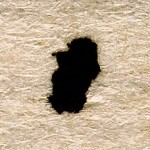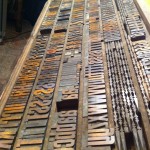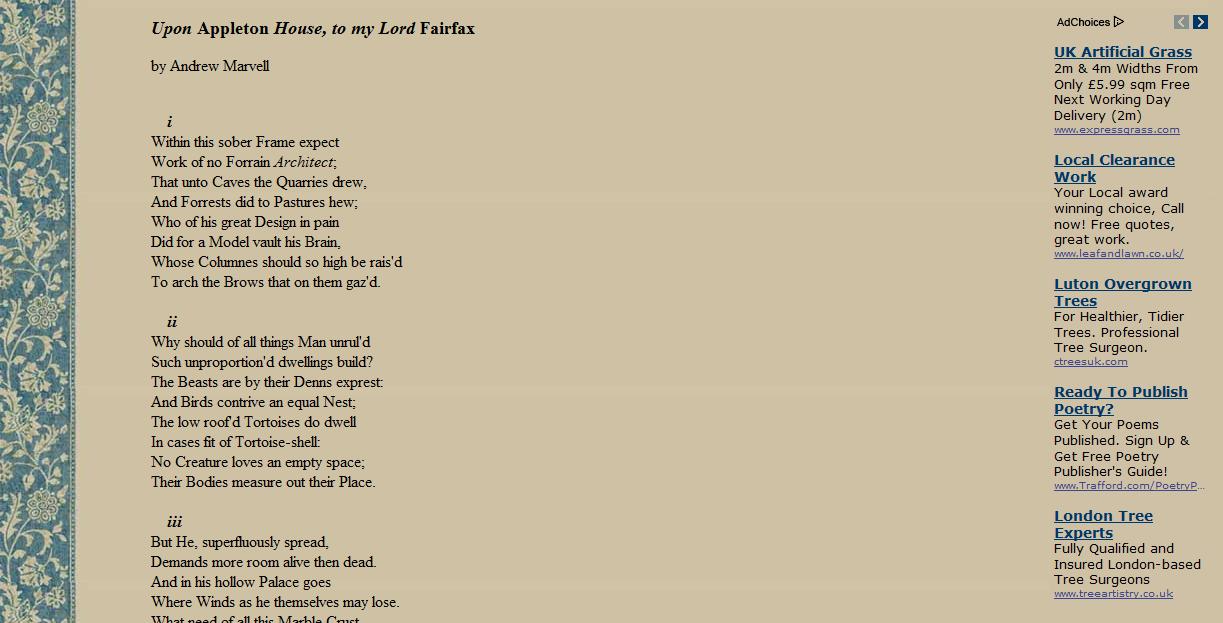There are many beautiful things to be seen at the British Museum in Hajj: journey to the heart of Islam, a major exhibition focussing on the pilgrimage that every Muslim must make at least once in their life if they are able to, according to the teachings of the Qur’an. It was at the ancient site of Mecca that the Prophet Mohammed received his first revelations in the seventh century, and the Hajj involves rituals in the sanctuary at Mecca, as well as visits to the other holy places of Arafat, Muzdalifa, and Mina. Amongst the manuscripts, maps, photographs and other exhibits brought together by the British Museum, some of the most exquisite are examples of the textiles that have been used to cover the Ka’ba, the black cube-shaped building at the heart of the sanctuary in Mecca which is believed to have been built by Abraham, and around which pilgrims must walk seven times. The Ka’ba is veiled in the kiswa, a sumptuous cloth heavily embroidered in gold and silver threads with verses from the Qur’an. The kiswa is renewed every year, involving huge labour and expense. These sacred surfaces covered in dense patterns of calligraphic Arabic are works of great beauty, and this exhibition allows visitors the rare privilege of seeing them in intimate detail.
Hajj: journey to the heart of Islam ends on 15th April.
We encourage anyone who works on sacred texts and textiles in the Islamic tradition to consider submitting an abstract for a twenty-minute paper at the CMT’s ‘Texts and Textiles’ conference, to be held in Cambridge, 11-12 September 2012. See here for more details.


